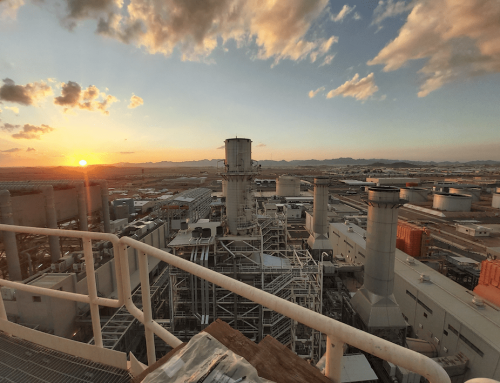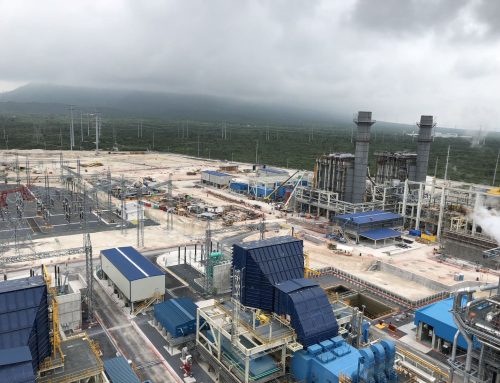Technological innovations are rapidly improving the reliability and efficiency of power generation systems of both the traditional and renewable varieties, reducing resource costs and boosting profitability for power plant operators.
Enhanced power storage, such as ultracapacitors, combustion optimization and predictive maintenance systems are just a few of the prominent technologies leading this charge.
Ultracapacitors are upending renewable power storage
One of the few downfalls of renewable energy sources like solar and wind is that power generation isn’t stable; a few clouds strolling by or a momentary lull in the wind can temporarily affect output by as much as 50%.
While traditional batteries can store excess renewable energy and discharge it later to offset those lulls, that function is only viable on a small scale, as they can’t discharge it fast enough for power plants to offset those energy spikes leading to grid instability.
Enter ultracapacitors, which make use of electro-static fields to rapidly charge and discharge energy. These handy devices are capable of improving renewable energy utilization by up to 50%, while their enhanced stability allows power plants to limit the scale of their grid, further reducing costs.
Combustion optimization improves performance, limits nox
Siemens Power Generation is among the companies pioneering new methods of combustion optimization, which have proven capable of improving heat rate and significantly reducing NOx emissions.
By outfitting combustion chambers with laser measurements, which requires only minor modifications to existing systems, precise analysis can be carried out through mathematical modelling that details exactly how combustion is being carried out within the chamber and how it can be improved upon.
Powerful sensors are forever changing power plant maintenance
It used to be that maintenance was almost entirely preventive, with prescribed checkups at fixed intervals that routinely caught energy-wasting problems well after they first surfaced or in some cases, were missed entirely.
Now, a fleet of powerful sensors, smart devices, and monitors are capable of delivering performance feedback from any number of devices in real-time, be they pumps, turbines, fans, compressors, and more. In the case of critical pumps like boiler feedwater injection pumps, they can be continuously monitored to detect or predict the failure of its bearings or seals.
The result is that plant operators are potentially alerted to inefficiencies or faulty parts the moment they happen or even before they happen, allowing them to identify problems and prioritize what needs to be addressed, all which improving safety, limiting downtime, cutting down on wasted energy, and reducing costs.
We say potentially because the massive influx of data collected by these sensors and fed into a single location does require proper parsing through the use of analytical tools to get the most out of it and uncover the relationships between different data sets.




